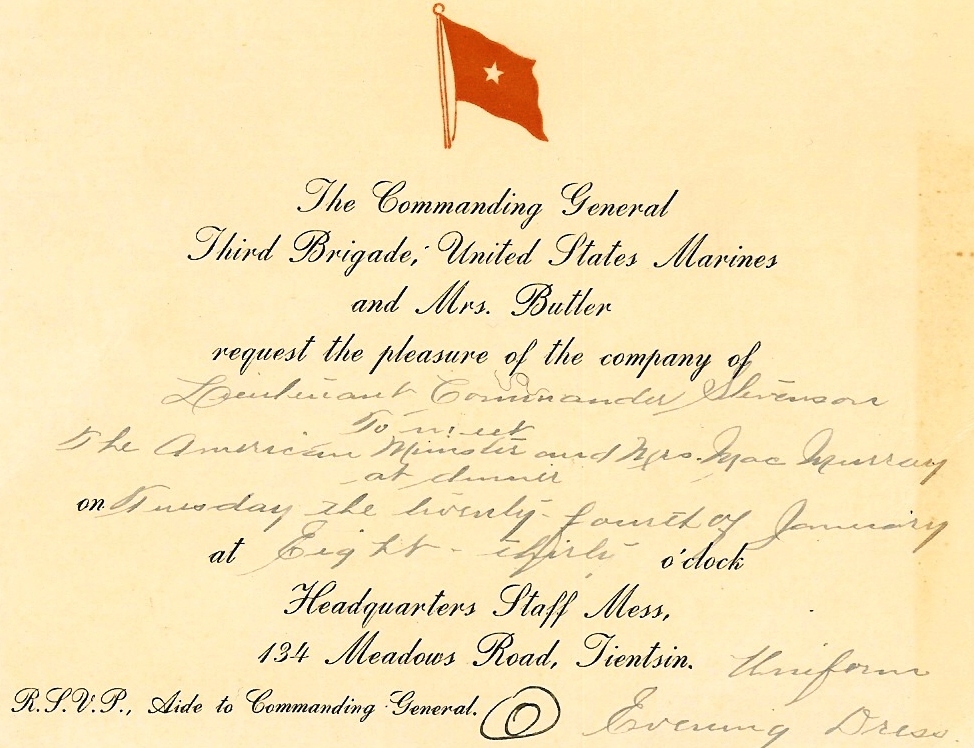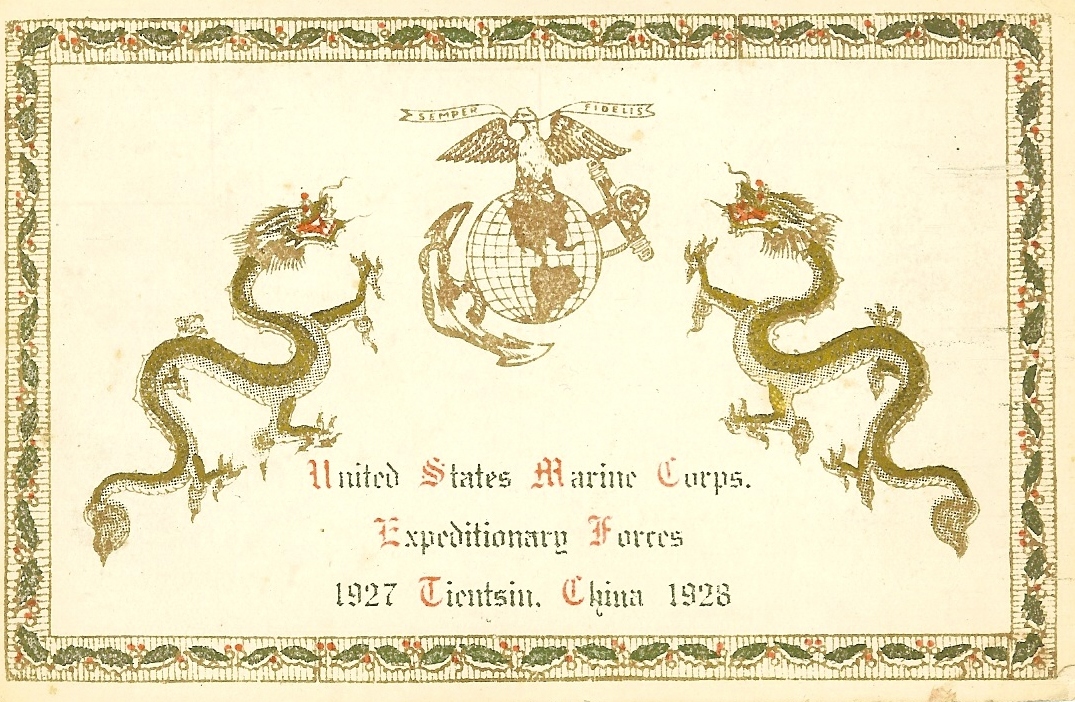
"I believe we are on the threshold of a big struggle here in China..."
- Brigadier General Smedley Butler, 1 Apr 1927
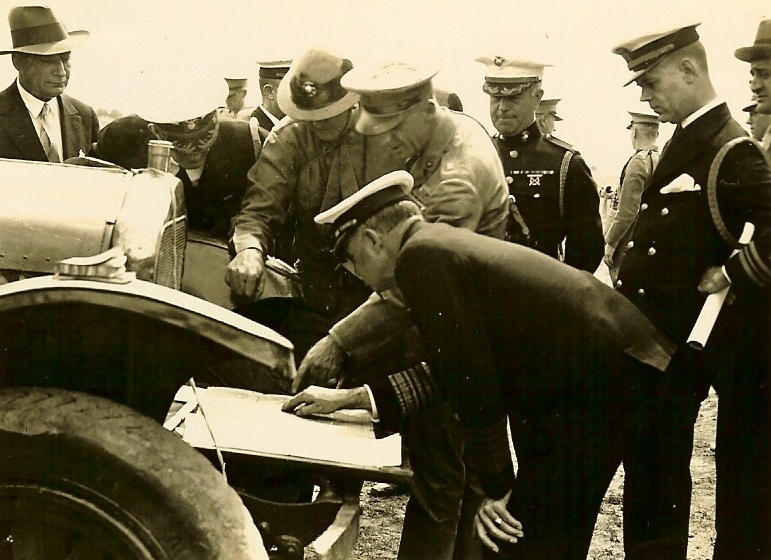
General Butler (center) and the C-in-C of the Asiatic Fleet reviewing a map during manuvers
Brigadier General Smedley Butler and his 3rd Brigade’s China Expedition embarked for China in response to events that occurred during the Nationalist’s 1926-1928 Northern Offensives. At that time, American diplomatic and business interests, alongside their European and Japanese counterparts grew concerned the Nationalist’s push would plunge China into anarchy and lead to attacks on foreigners caught in the path of the warning armies. After appeals to their respective governments, most of the Great Powers rushed troops to Shanghai to protect the sizable foreign community and their business interests. America was much slower than the other great powers in sending troops as its Government debated the necessity of protecting U.S. interests, vice calling for an evacuation of its citizens. But ultimately in the end, it agreed that troops were necessary. The mission fell to the Marines, who eagerly dispatched the first part of the 3rd Brigade- the 4th Marines, who raced from San Diego to Shanghai, arriving on the 24th of February 1927. The remainder of the Brigade, consisting of the 6th Marines, augmented with artillery, armor and several aircraft squadrons arrived in Shanghai early May aboard the USS Henderson. Other parts of the brigade embarked aboard the Dollar Liner Steamship the S.S Grant were diverted to the Philippines when it became apparent there was no additional room in the Shanghai area for more foreign troops. General Butler and his staff, who arrived weeks before the Henderson, via the US light cruisers USS Marblehead and USS Richmond, determined the situation in Shanghai was stable enough in that he should shift the bulk of the brigade north to Tientsin, to await the imminent clash between the Nationalist and Warlord Armies. Leaving behind the 4th Marines in Shanghai, Navy transports through June and July worked to relocate his force to Tientsin. In Tientsin, Butler saw his mission as essentially one of protecting American lives and not becoming embroiled in Chinese internal affairs. This placed him in opposition not only with the other great powers, but with US Army forces already stationed in the Tientsin area. The 15th US Infantry, who had been in the city since 1912, was integrated into international defense plans and had the mission of protecting lines of communications between Tientsin and Peking in the event the capital was threatened. Butler chose to instead to announce upon arrival he would prepare to set up a strong perimeter in the Tientsin area and await American citizens’ arrival where they would either be protected or sent home as the situation warranted. Butler, supported by the Navy stressed to the American Minister John MacMurray, it would be up to him when to call for the formal evacuation of North China. Butler stressed the importance of the Minister making the call quickly, so as not to become trapped as the Westerners and Japanese had in 1900. Although Butler expressed some private concerns as to the Ministers ability to make the evacuation n call quickly enough, he supported and had a good relationship with the MacMurray and his staff. In the meantime Butler undertook a number of activities’ to keep his men’s morale up such as formal inspections and parades, competitions and public works around the city. In addition Butler made a point of establishing good relationships with the Chinese by performing public works that benefited the country.
In the late fall of 1927, as the northern warlord armies turned on each other as the Nationalist armies headed into northern China. General Butler, assessing the situation, now changed his mission. Fearing the approach of a large warlord army toward Peking, he re-postured his men into a lightly armed but highly mobile force in anticipation of having to strike out to Peking and rescue any Americans trapped in the city. Butler cast aside his tanks, and mechanized artillery, and instead relied on trucks and other light vehicles to make the 90 mile dash. Given Butler’s temperament, he had his men practice over and over until he felt they could accomplish their mission with only a minimum of warning.
But the dash to Peking was not necessary, for the Nationalists over ran the warlord armies without much impact on foreign activities in China. With the collapse of the warlord forces, a degree of stability returned to the country and General Butler and the Tientsin Marines were called home. Butler politely informed his superior, Admiral Mark Bristol, he felt the peace transition occurred “was largely attributable, to our presence and influence and consider that the part of our mission was therefore successfully accomplished; no Americans were in anyway injured. “
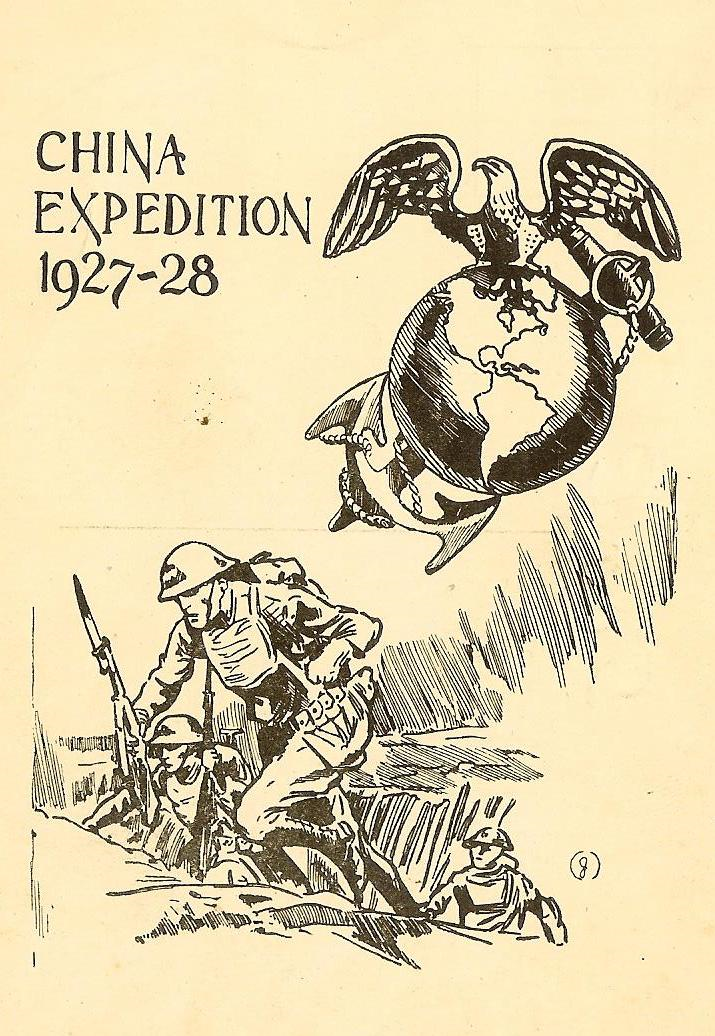
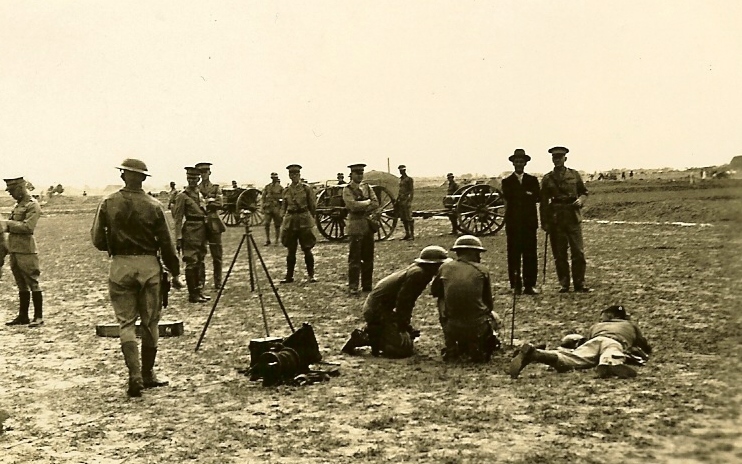
Manuvers
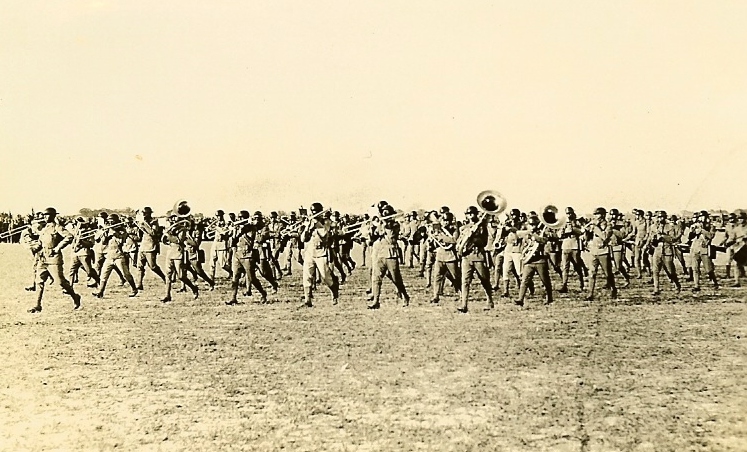
3rd Brigade Band
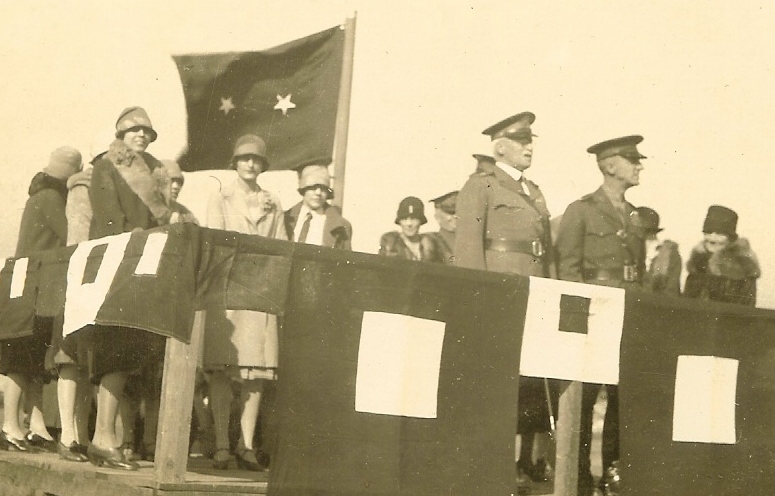
Major General Edward Lewis, USA and Brigadier General Butler, USMC reviewing Marines at the Tientsin racetrack.

75th Company, lead by their commander two-time Medal of Honor recipient Capt Louis Cukela during a parade at the Tientsin Race Course
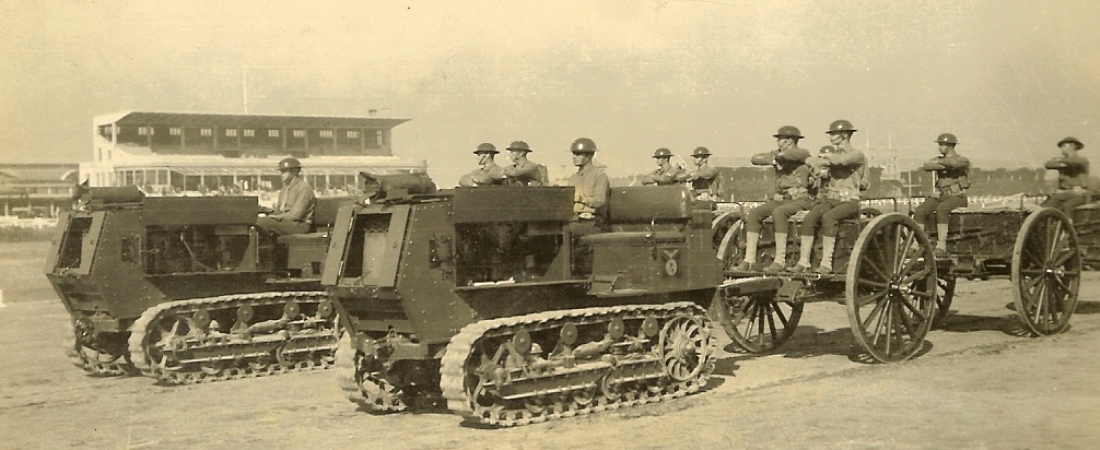
Artillery tractors on parade
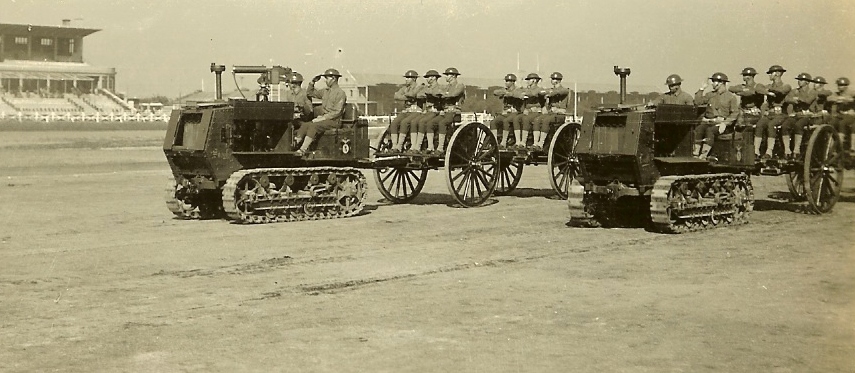

Radio Company vehicles
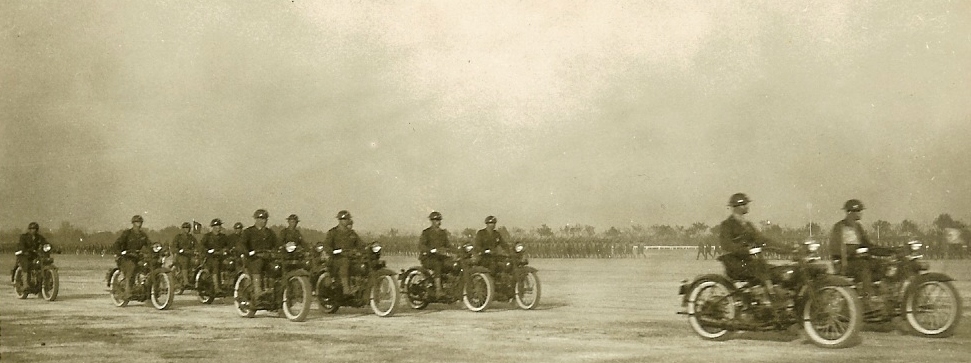
Motorcycle dispatch riders
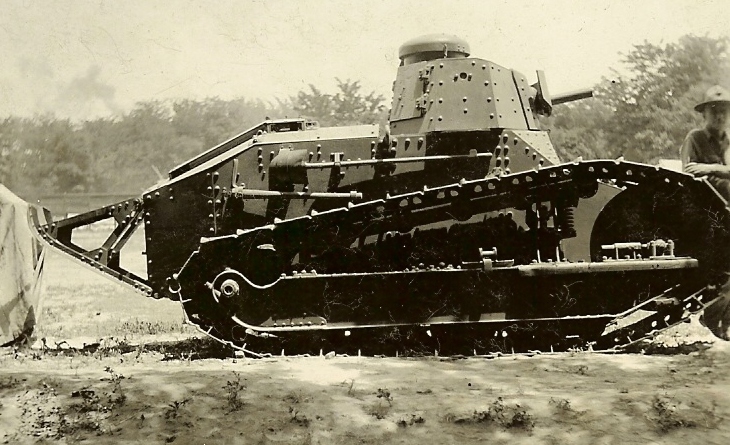
The Marines were given five M1917 light tanks from US Army stocks for their use in Tientsin
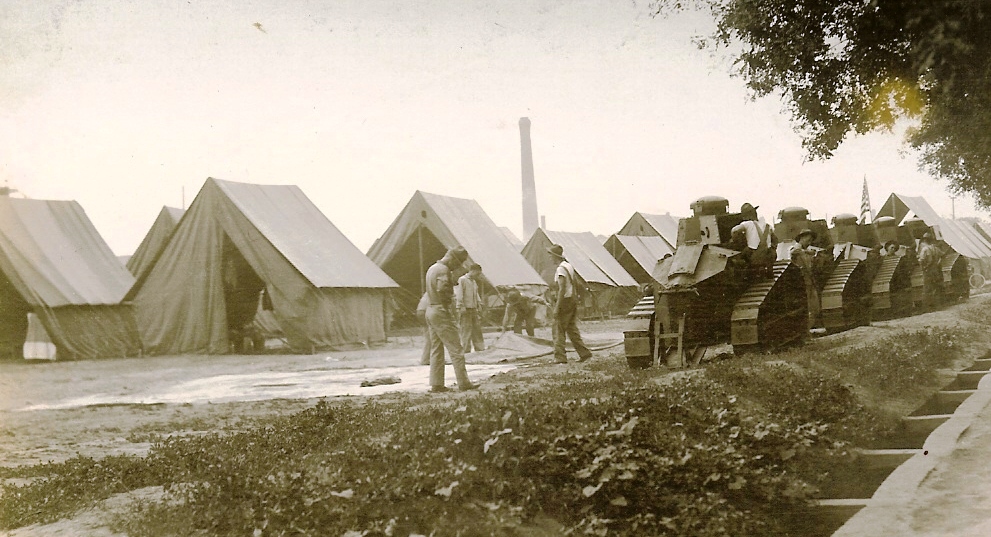
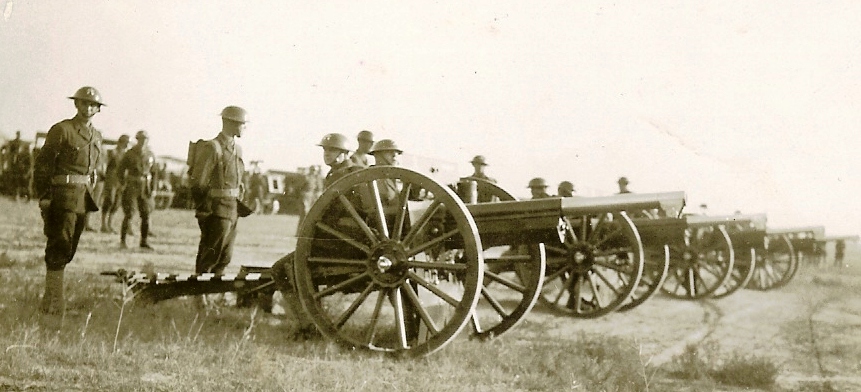
75's of the 10th Artillery
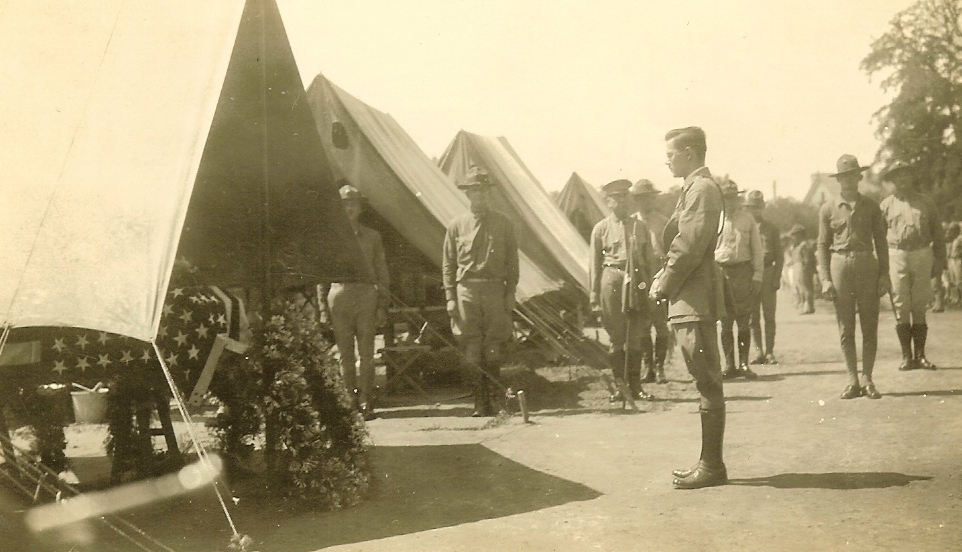
Funeral for a fallen Marine
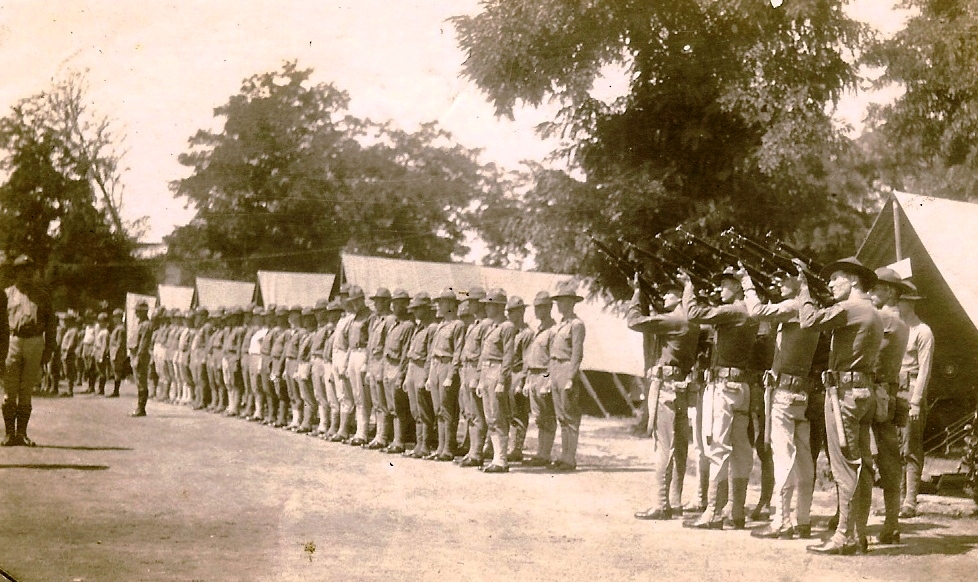
Firing Party saluting a fallen Marine
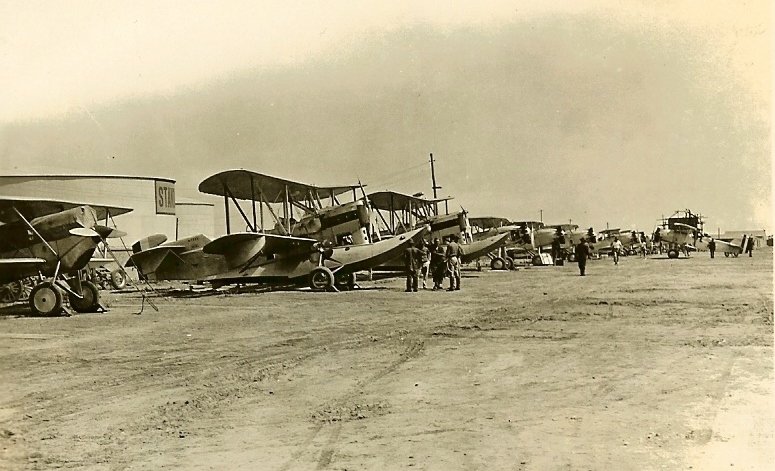
Camp MacMurray. The Airfiled at Hsin Ho. Note the Standard Oil Company tank farm behind the planes. Several of these tanks caught fire on 24 December 1927 and General Butler personally stepped in to direct Marines fire fighting efforts.
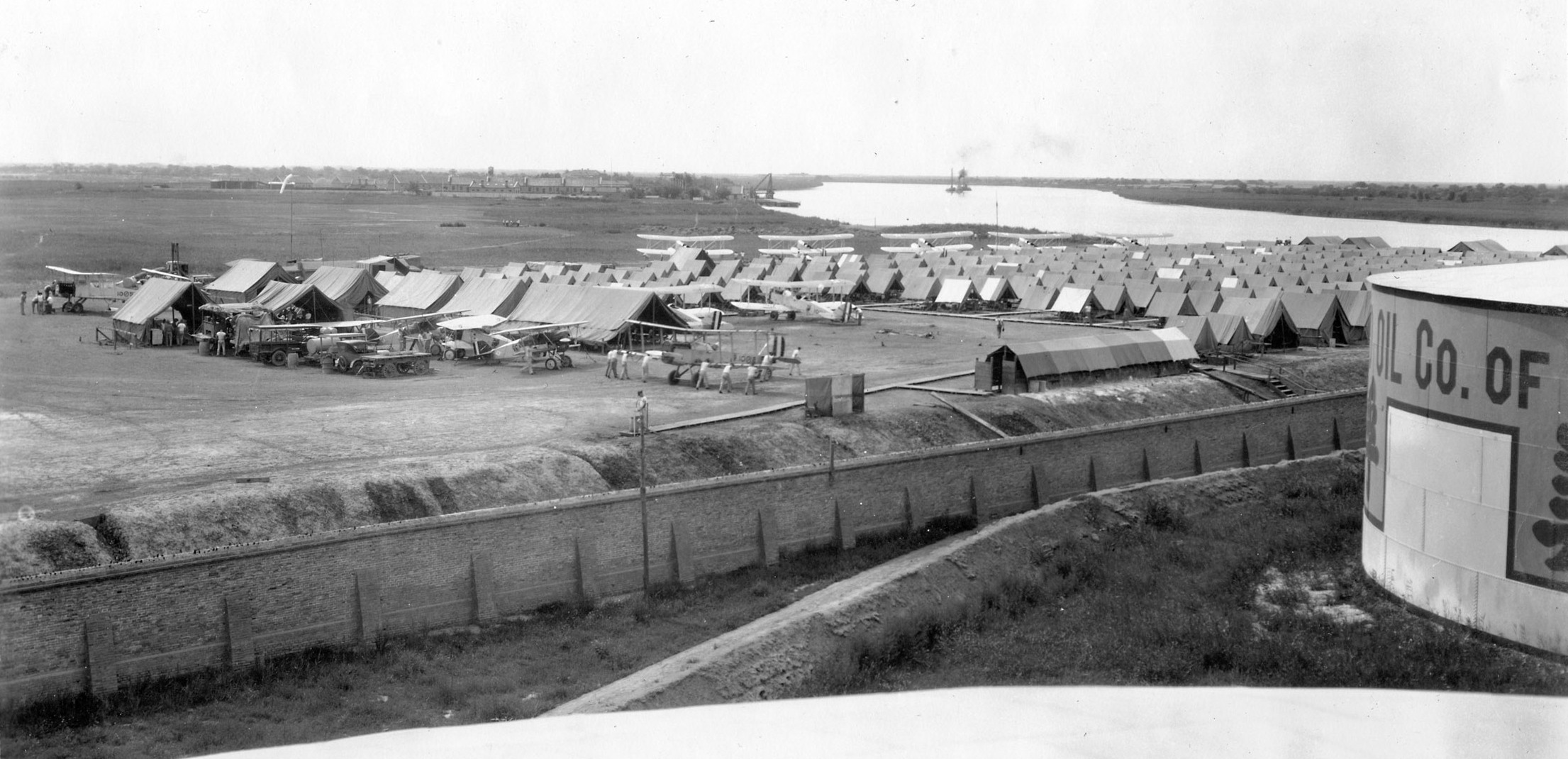
Panoramic view of the Hsin Ho Airfielfd and Marine camp. Photo taken from atop one of the Standard Oil Company tanks. The airfield and camp was south of Tientsin and a bit of a hardship location. To help spread the 'misery", Marines were cycled through the airfield camp every month or so. (Photo courtsey of the Alfred Grey Center, Quantcio)
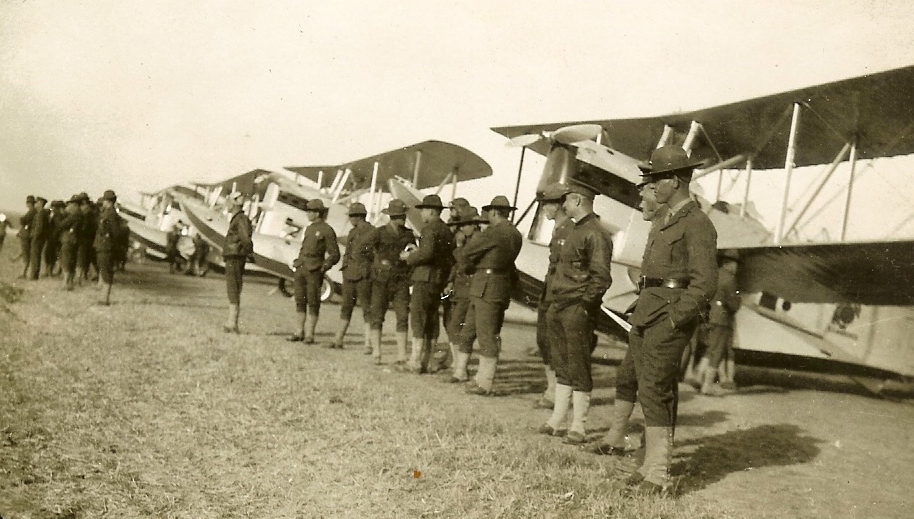
Loening Amphibians, Hsin Ho
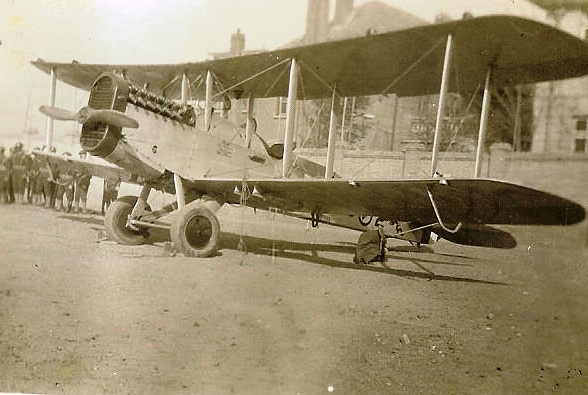
One of four DH-4's at Hsin Ho
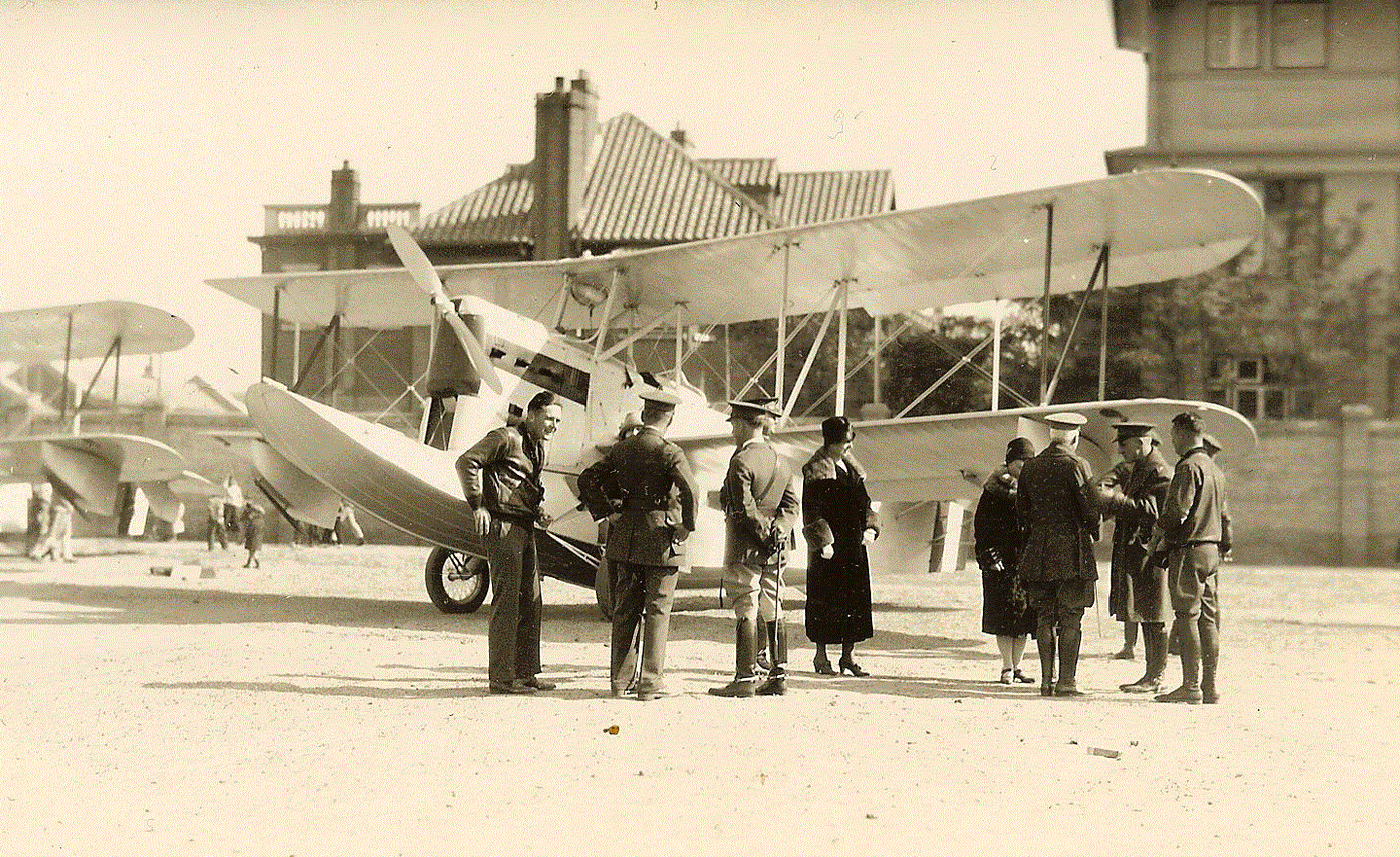
General Butler and Major General Edward Lewis (USA), Commanding General of the Hawaiian Department chating with pilots and ground crewmen at Hsin Ho airfield
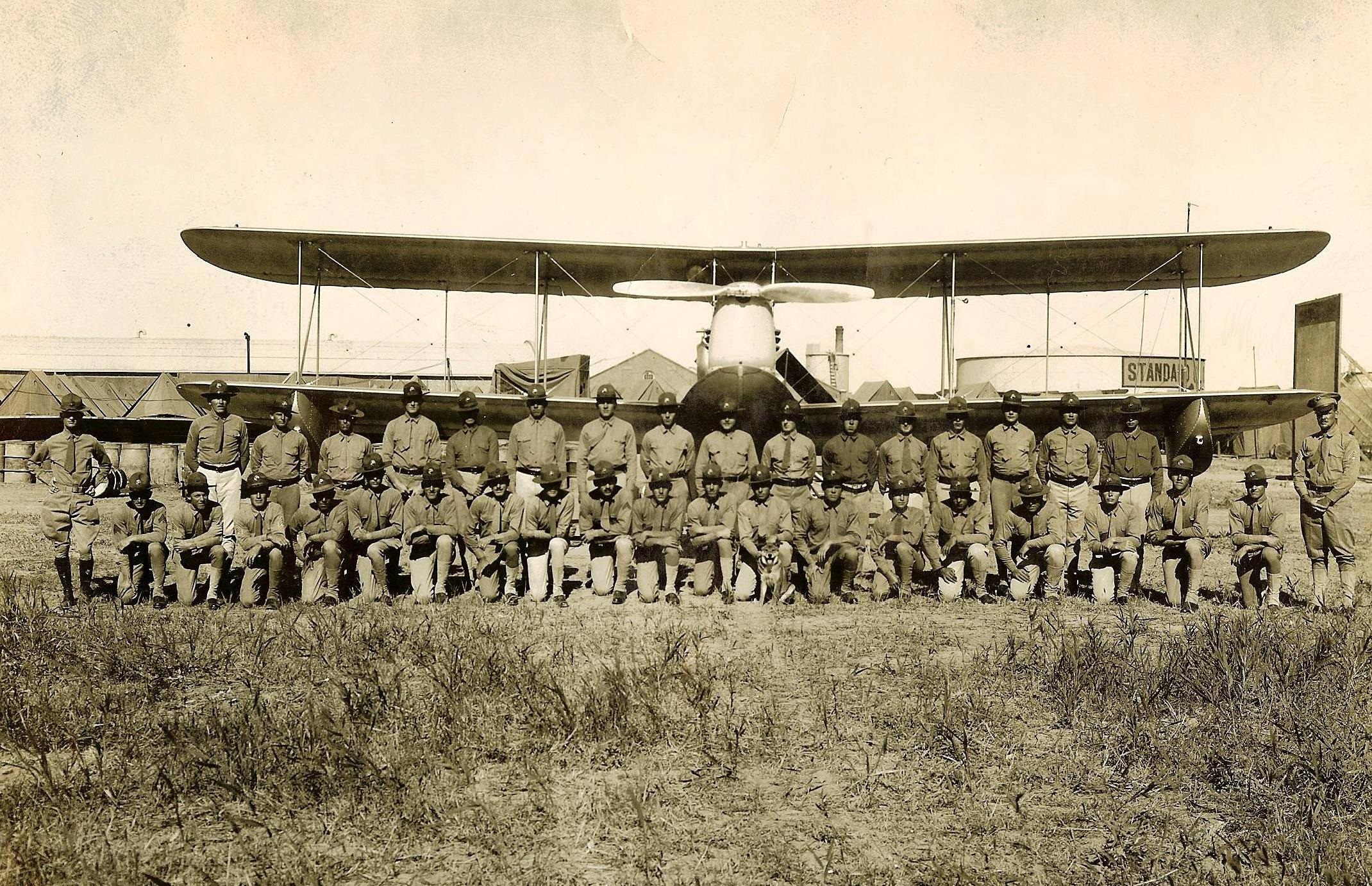 Scouting Squadron One
Scouting Squadron One
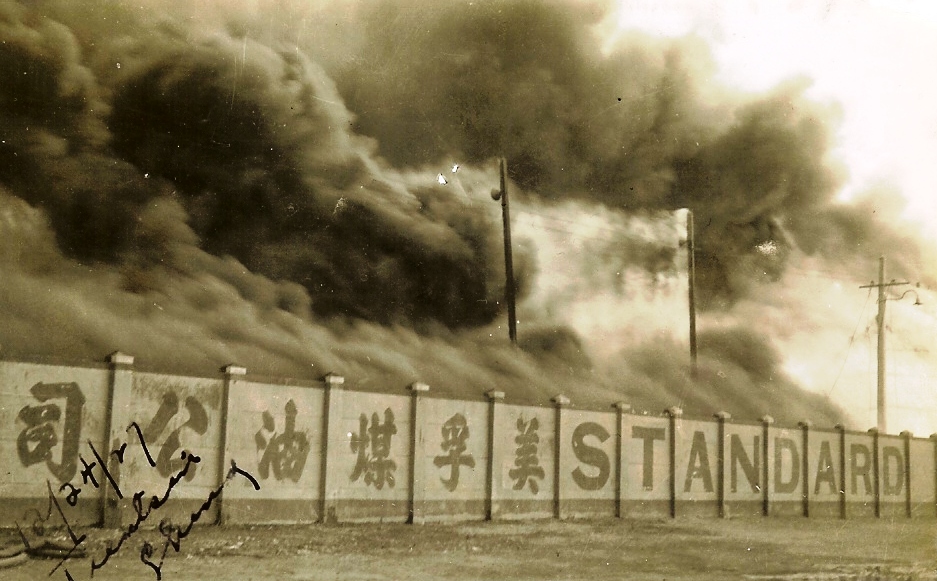
The Standard Oil fire at Hsin Ho. 24 Dec 1927
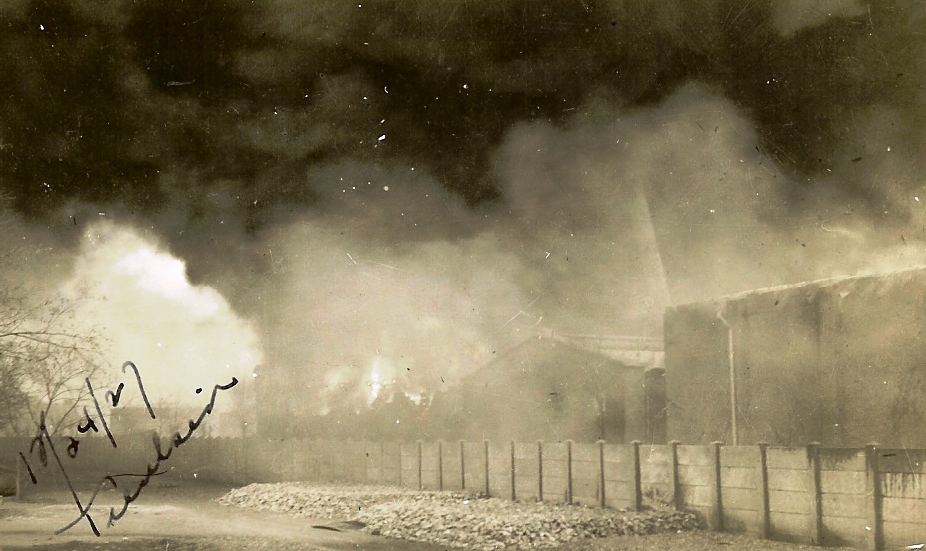
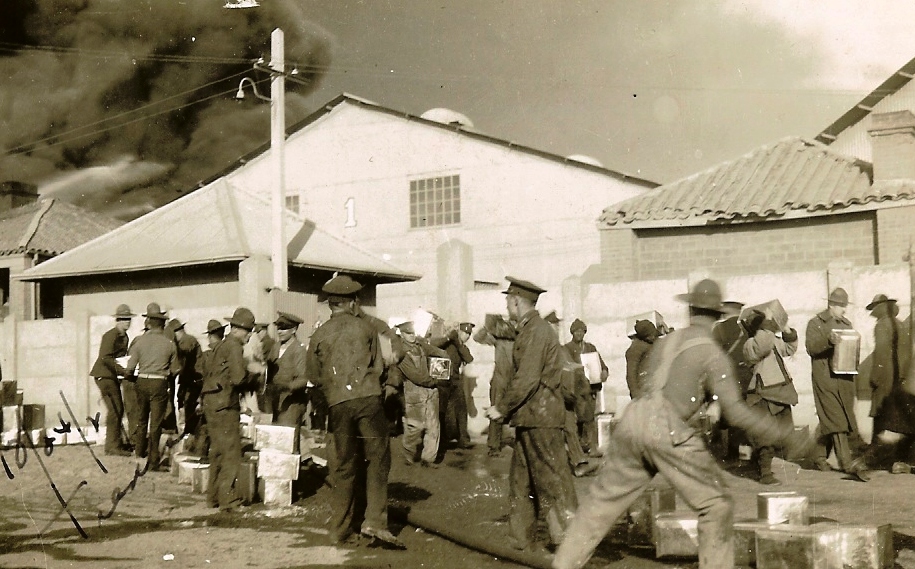
Marines fighting the Standard Oil fire
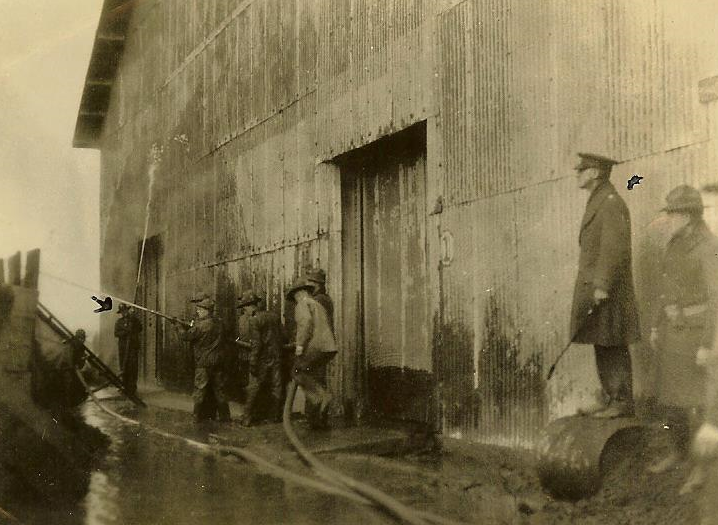
General Butler standing on a barrel directing firefighting efforts
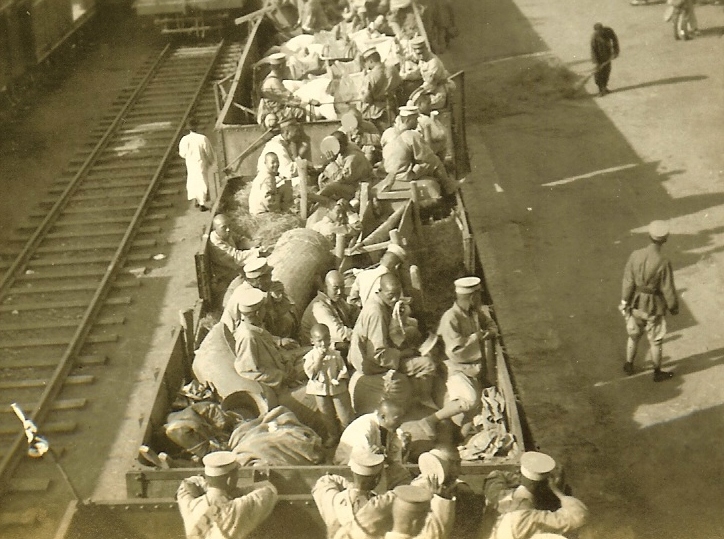
A retreating Warlord Army passing through Tientsin
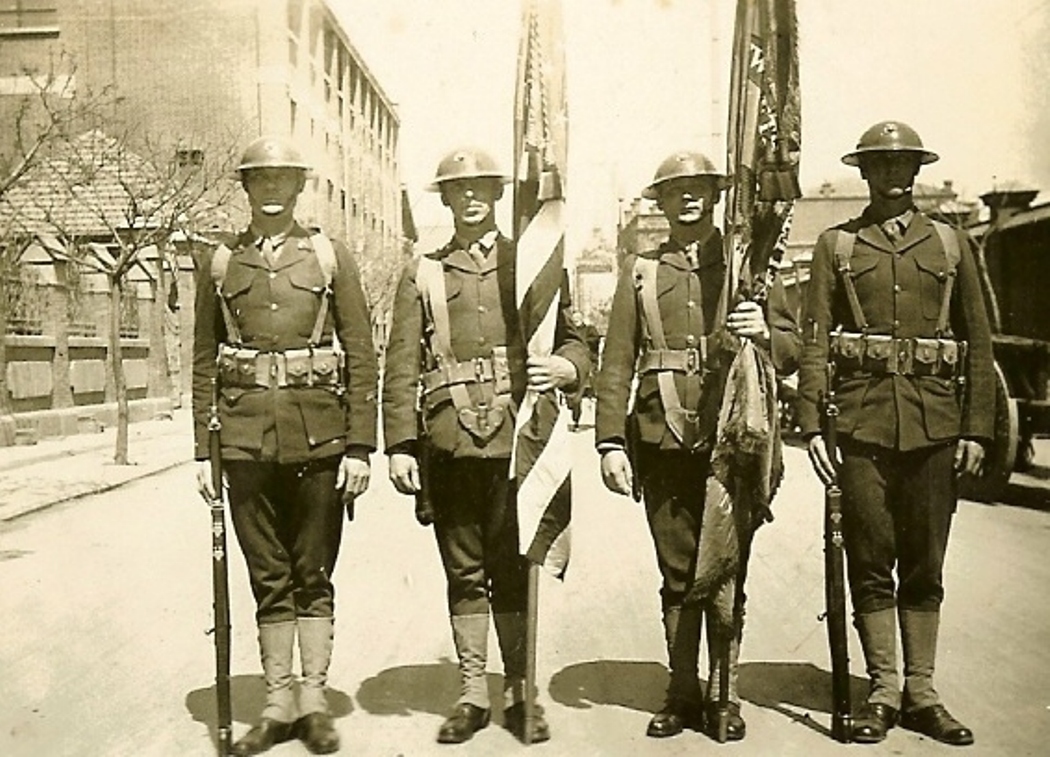
6th Marines Color Party
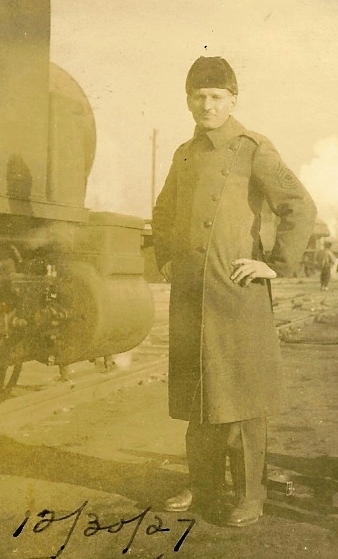
Sgt Major Lloyd Rice. Tientsin Railroad Station
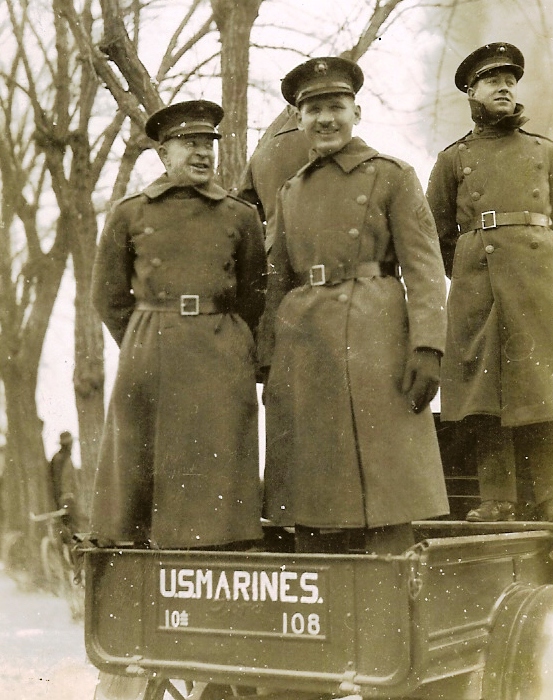
Sgt Major Lloyd Rice and other senior NCO's standing on the back of a towed cart
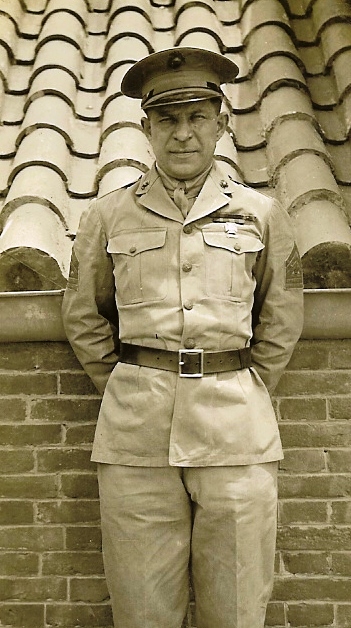
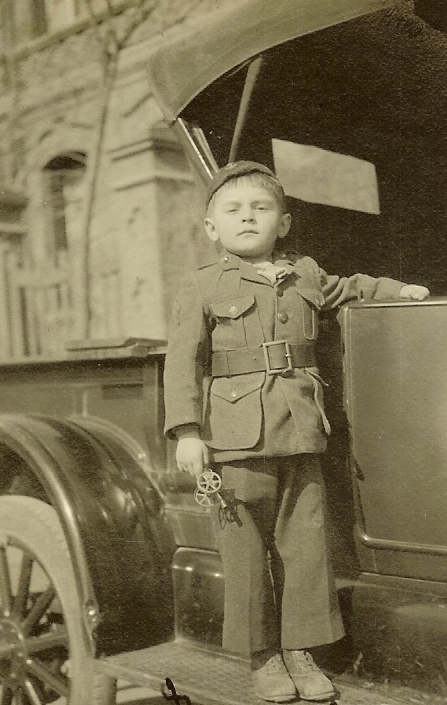
A “junior Marine.” Prior to World War II, it was not uncommon for the children of officers or senior NCO’s to dress in miniature Marine uniforms. In China at least, where there was plenty of skilled tailors, a Marine might have a small sized uniform cut down to fit a young dependant. The uniform would normally be augmented by regulation EGAs, belts and caps. Although this child’s cap is not “issue”, his belt and EGAs are.
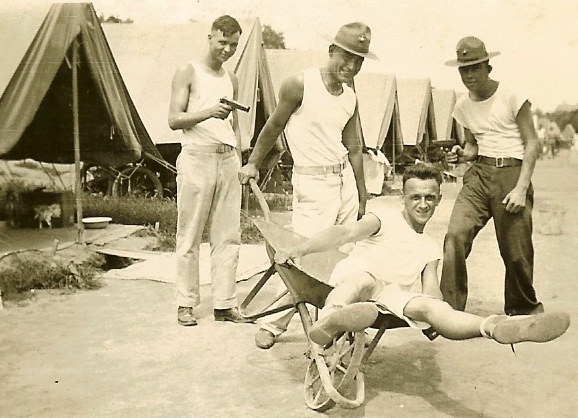
Skylarking
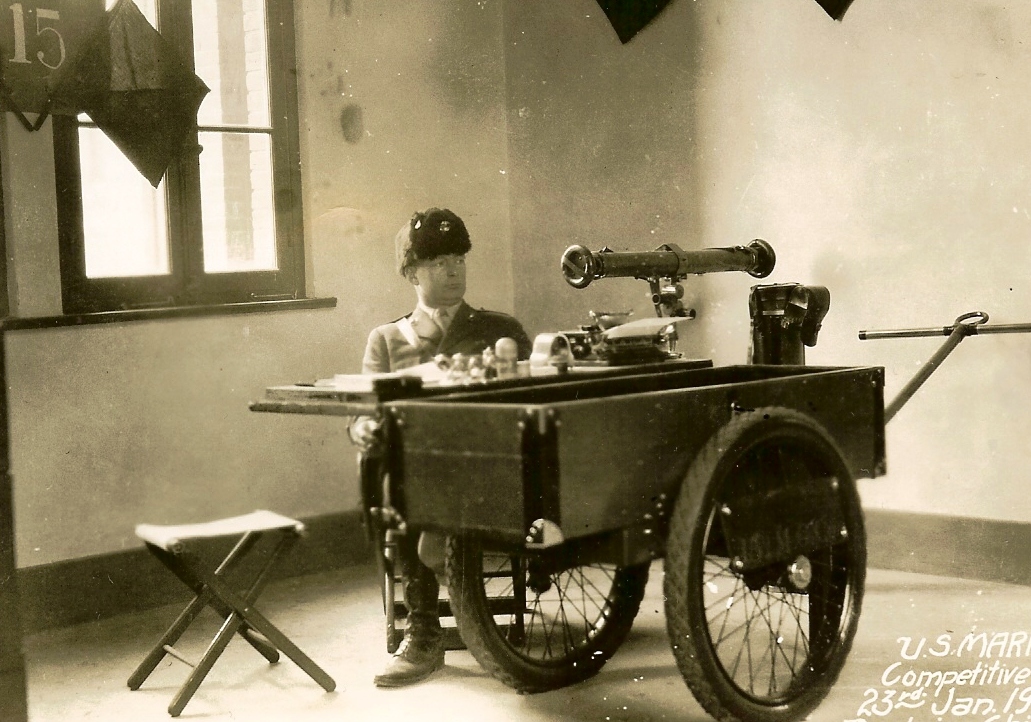
Capt Richard Jeschke
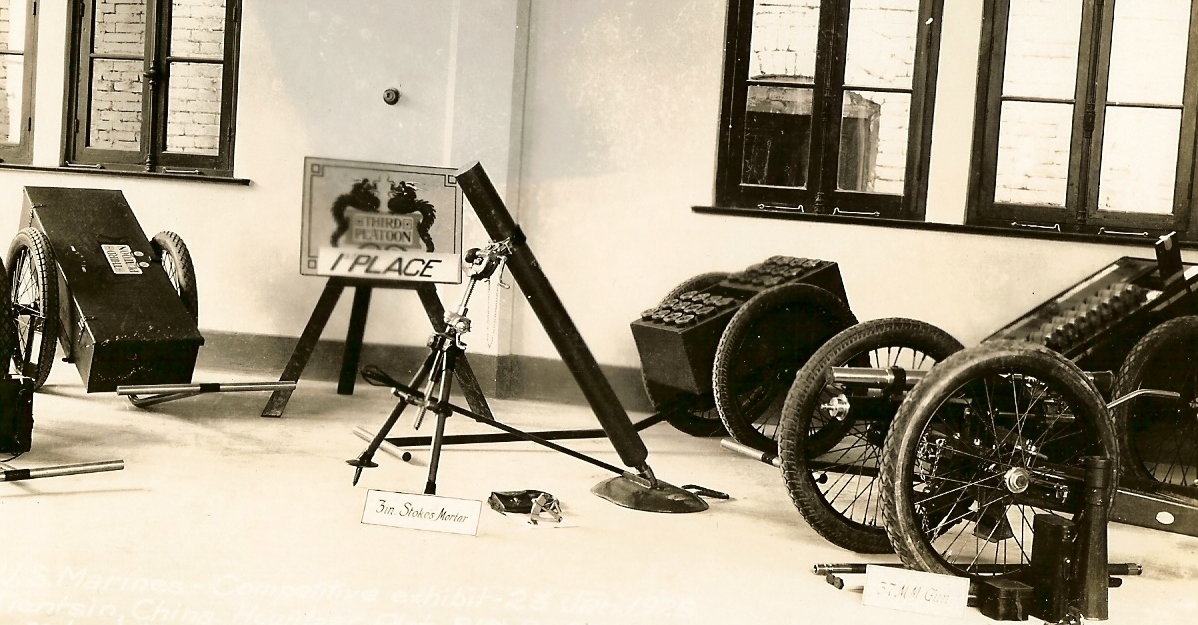

Brigade Hospital
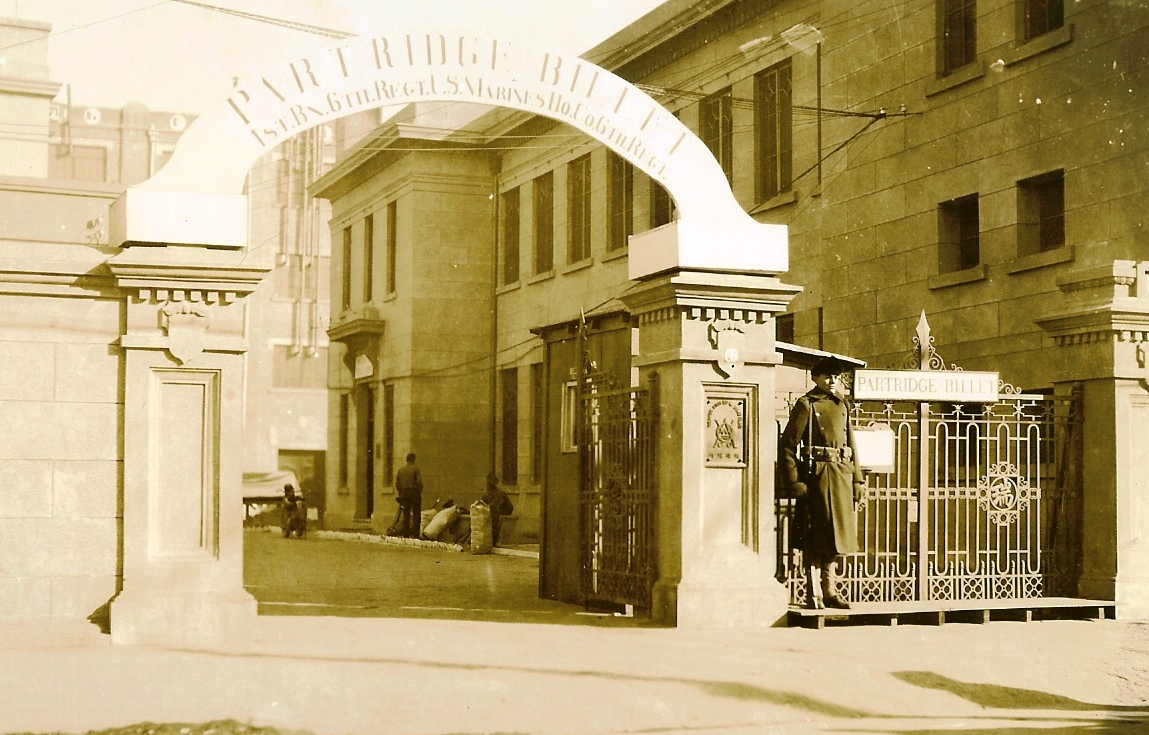
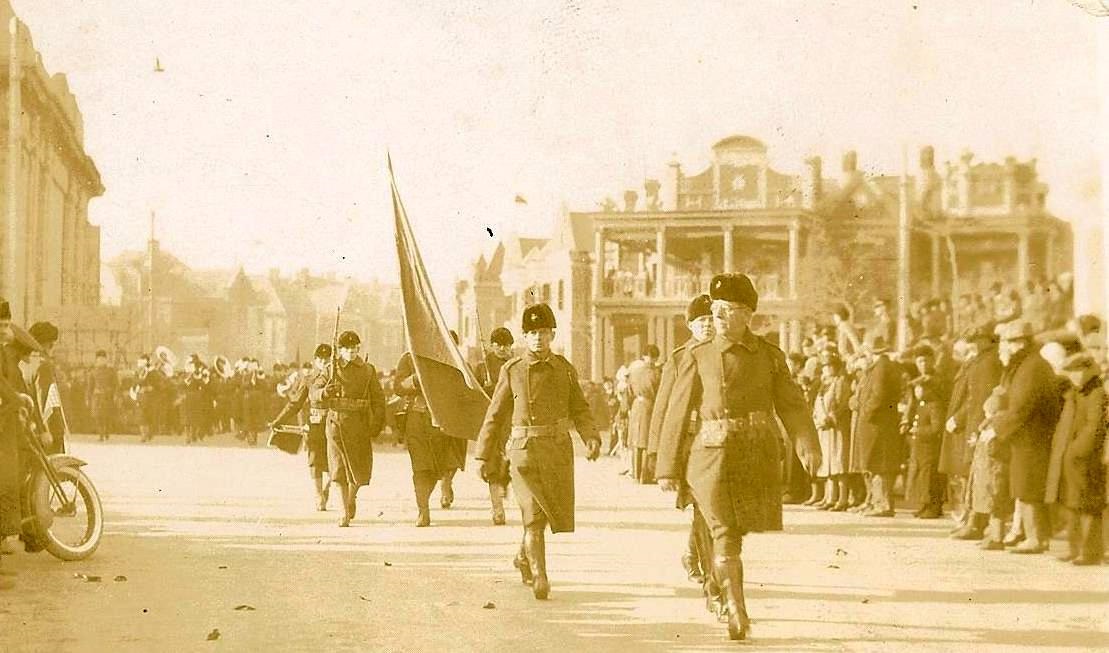
The Sixth Marines parading through Tientsin. Note the two styles of fur caps and the appearance of the EGA in the caps.
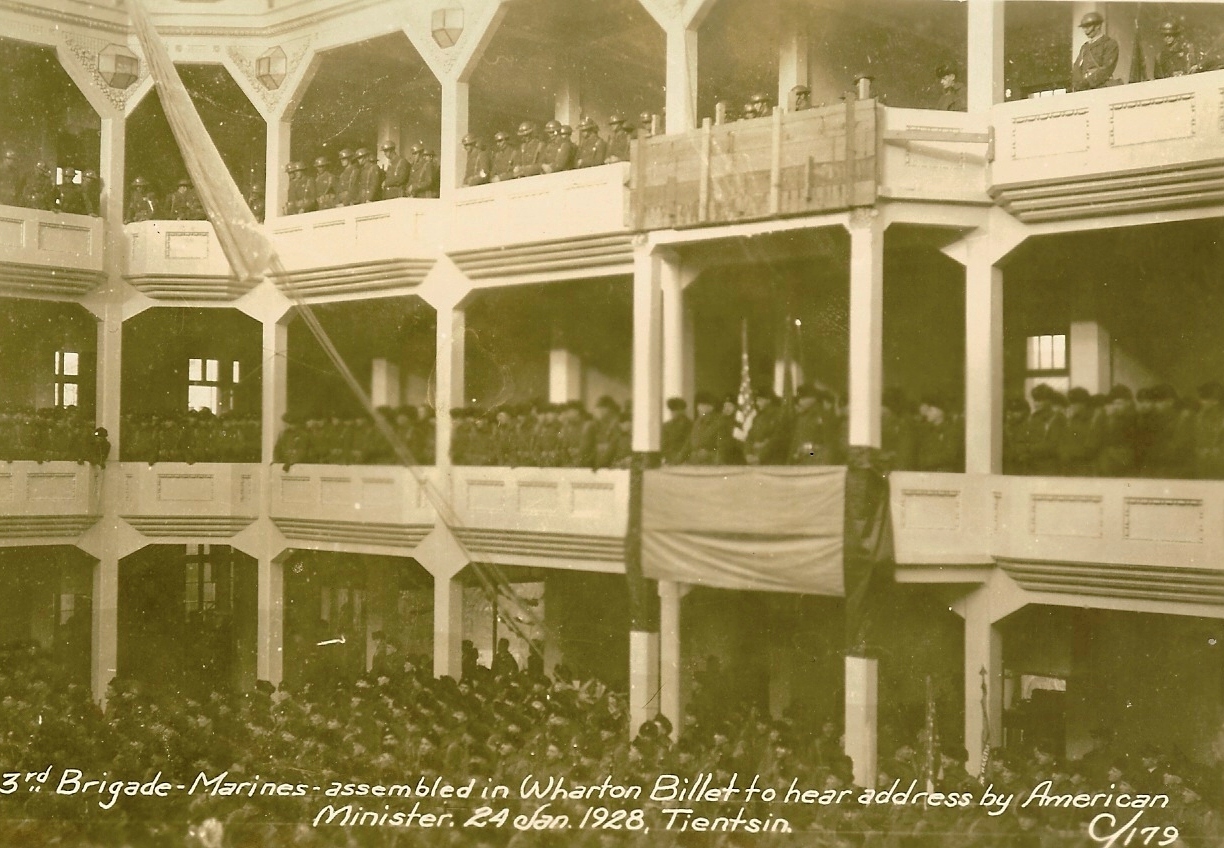
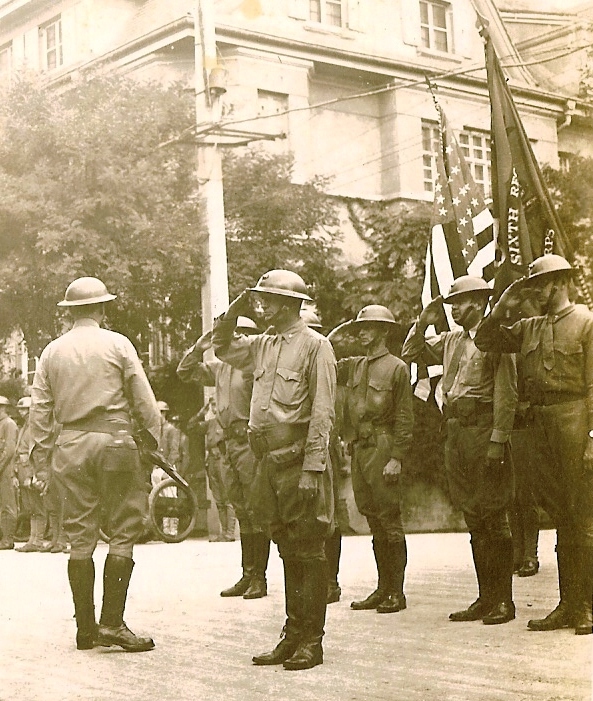
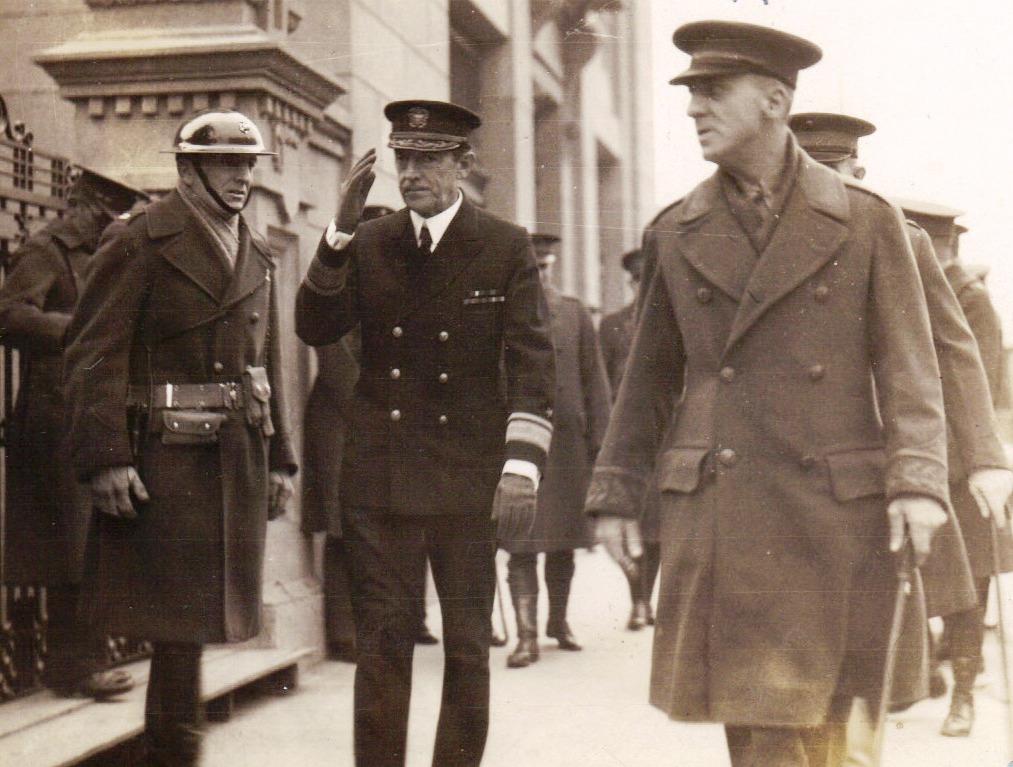
General Butler and the C-in-C of the Asiatic Fleet. Courtesy of the Tim Brig Collection
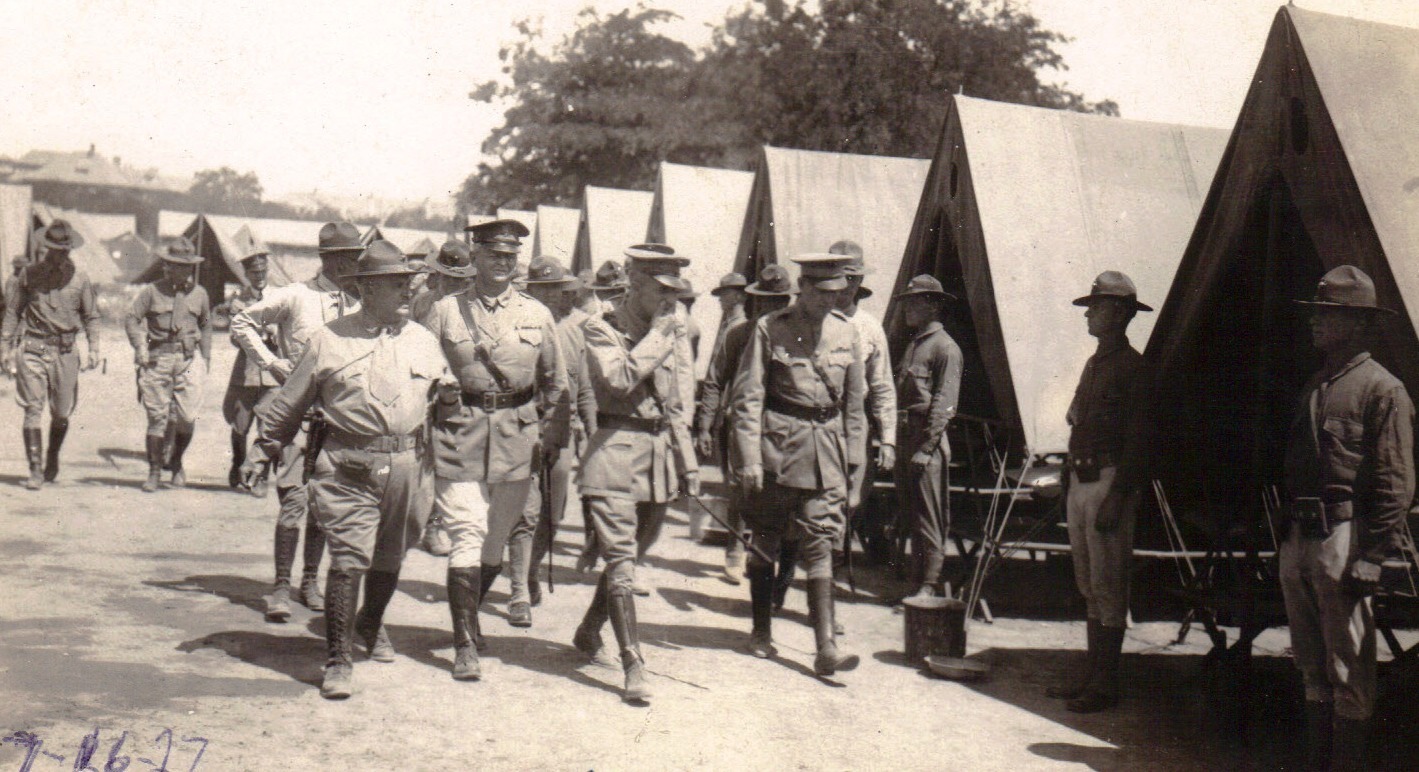
General Butler and staff inspecting one of the Marine camps around Tientsin. Courtesy of the Tim Brig Collection
